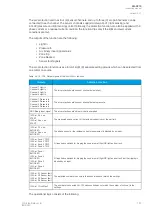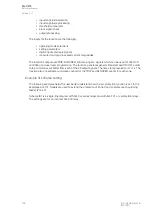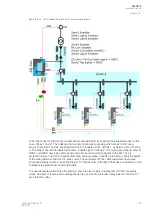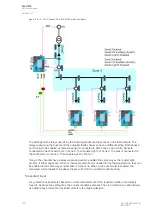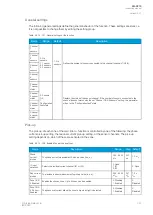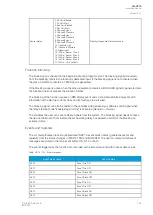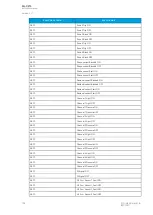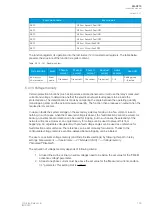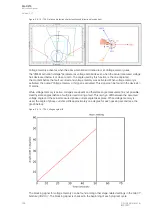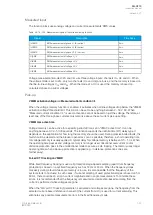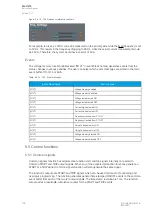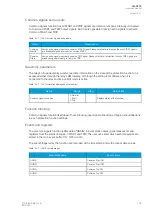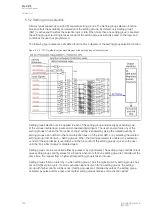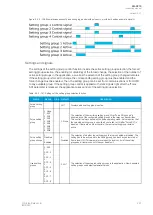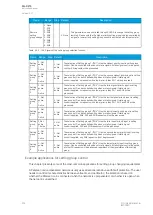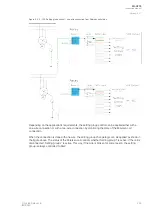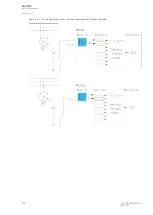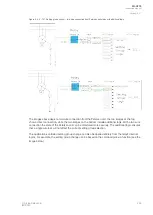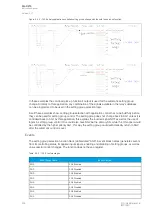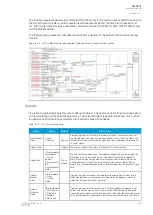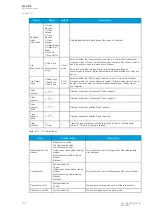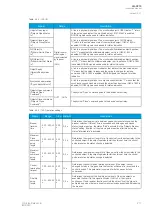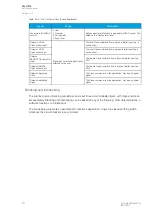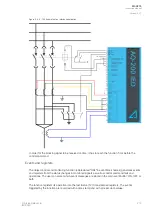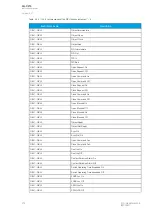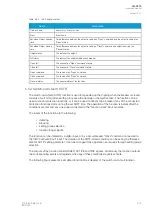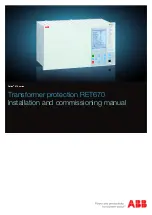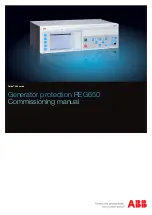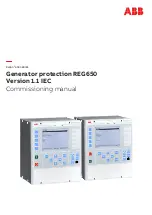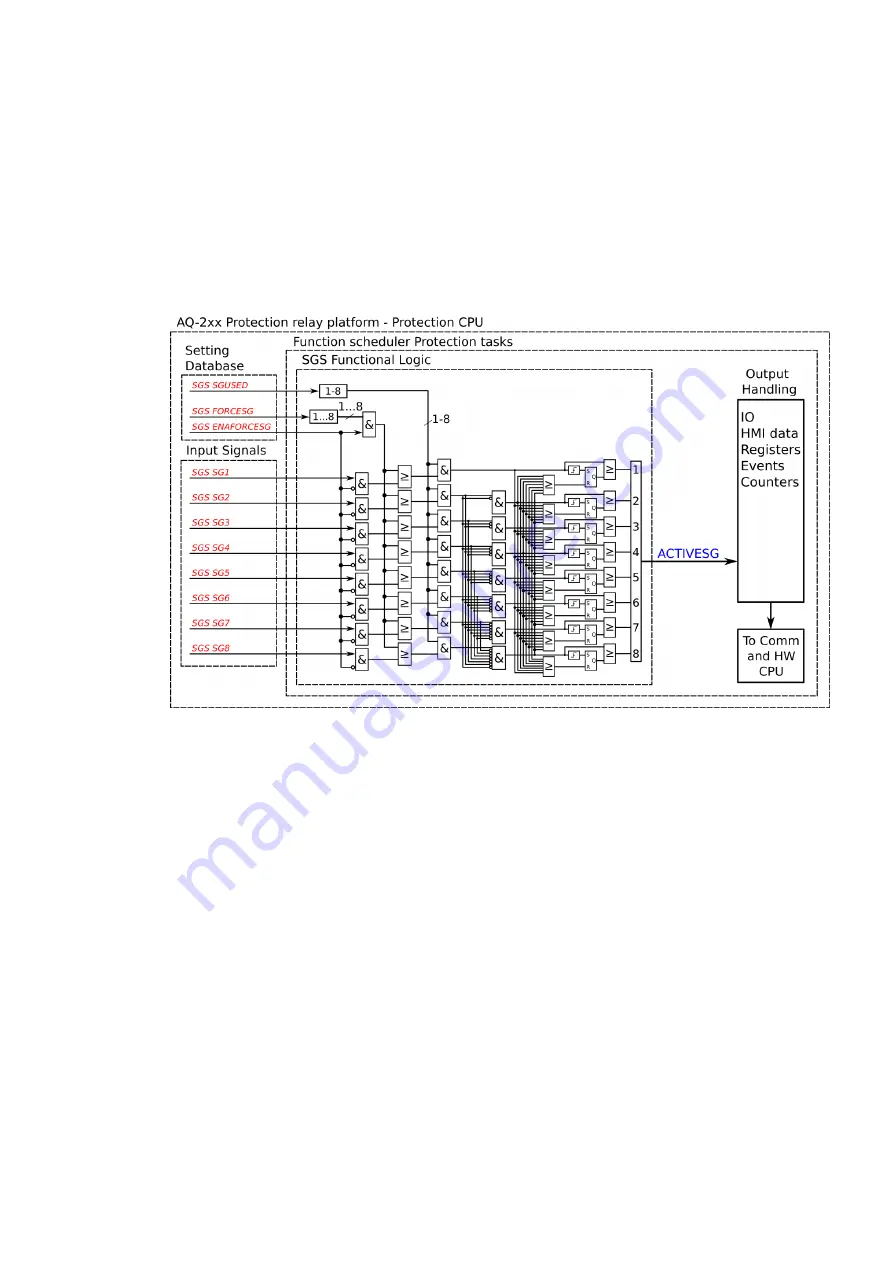
5.5.2 Setting group selection
All relay types support up to eight (8) separate setting groups. The Setting group selection function
block controls the availability and selection of the setting groups. By default, only Setting group 1
(SG1) is active and therefore the selection logic is idle. When more than one setting group is enabled,
the setting group selector logic takes control of the setting group activations based on the logic and
conditions the user has programmed.
The following figure presents a simplified function block diagram of the setting group selection function.
Figure. 5.5.2 - 137. Simplified function block diagram of the setting group selection function.
Setting group selection can be applied to each of the setting groups individually by activating one
of the various internal logic inputs and connected digital inputs. The user can also force any of the
setting groups on when the "Force SG change" setting is enabled by giving the wanted quantity of
setting groups as a number in the communication bus or in the local HMI, or by selecting the wanted
setting group from
Control
→
Setting groups. When the forcing parameter is enabled, the automatic
control of the local device is overridden and the full control of the setting groups is given to the user
until the "Force SG change" is disabled again.
Setting groups can be controlled either by pulses or by signal levels. The setting group controller block
gives setting groups priority values for situations when more than one setting group is controlled at the
same time: the request from a higher-priority setting group is taken into use.
Setting groups follow a hierarchy in which setting group 1 has the highest priority, setting group 2 has
second highest priority etc. If a static activation signal is given for two setting groups, the setting
group with higher priority will be active. If setting groups are controlled by pulses, the setting group
activated by pulse will stay active until another setting groups receives and activation signal.
A
AQ
Q-C215
-C215
Instruction manual
Version: 2.07
200
© Arcteq Relays Ltd
IM00040


